Vanilla has the reputation of being safe, easy, basic, and ordinary, but dig into the world of vanilla and you will find that it is really complex, exotic, unusual, and risky. Though vanilla has become ubiquitous in American desserts, it certainly did not start out that way.
The first to use and love vanilla were the Aztecs.
They mixed cocoa beans and vanilla beans together to create what they called “The Drink of the Gods.” The Aztecs treasured vanilla and found its flavor worthy of the divine. But so what? It’s still just the fruit of a plant, like any other.
"That’s so vanilla."
The vanilla vine.
A thick, sturdy stalk that climbs higher and higher into the jungle canopy. It races up the coconut trees in a graceful zig-zag pattern almost too perfect to be natural. It’s leaves, brilliant bright green, shiny and waxy. And one at a time for only 24 hours it’s blossom opens for the brief opportunity to bear its fruit. The blossom is an orchid blossom. It’s a delicate white flower with traces of yellow and green at its center.
Curiously, the blossom also has a tiny flap which requires a highly specialized bee to conquer. The only bee in the whole world that can pollinate this blossom is the Melipona bee, native only to Mexico. When the blossom falls off a bunch of long, thick bright green beans grow in its place.
The vanilla beans must grow to just the right ripeness for the harvest to yield the sweet and flavorful vanilla we all know so well. When the tip of the vanilla bean starts to turn banana yellow, the time is right. If the vanilla bean stays on the vine too long, it will dry up and its flavor will be weak. If the vanilla bean is picked before its peak, all is lost. The vanilla beans will not be able to be cured properly and will produce mold when shipped and stored and the flavor that comes from these green beans is analogous to the flavor of wine made from immature green grapes.
All this describes just one vine, when local farmers must have thousands. These vines are in the jungle, and though the farmer tries to keep the growing at bay by constantly looping the vine back into the ground, it is a difficult task at best to manage the acres of vines within the jungle. During pollination and harvest seasons, the farmer must go out into the jungle every single day to check for blossoms or yellow tips.
Vanilla Pollination.
If a blossom is found, he must carefully open the flower with a q tip so that it will produce fruit later. This is not a simple walk through the acre of land behind a house. On the island of Eua in Tonga, this means a two or more hour four wheel drive excursion through what locals call the bush. There are no roads, just locally known paths. The landscape is magnificently steep and sometimes the cars need a few rolling starts to climb to the slopes where vanilla grows best. Once at the plot of land where the vines grow, farmers must leave the safety of their vehicles to trek through the thick jungle and must be ever vigilant in their search through the vegetative tangle to find the precious vanilla beans. This is a great task. It takes all day, every day during pollination and harvest seasons.
Vanilla Curing.
But the work to create the flavorful product has just begun. After the harvest, the vanilla beans are cured. Curing is both an art and a science and requires dedication. First the vanilla beans must be “killed” to stop the ripening process. Next, they must be kept warm for up to three days in blankets and insulated boxes. After three days, the vanilla beans see the sun again when they are rolled out to soak up its rays. Then at night, they are rolled up and kept carefully warm in their sweat boxes again. This happens everyday for three to four weeks. The curer prays that no storms come, for if they do, he will have to get creative. Keeping the vanilla beans warm is paramount. The sun is best for the open air and the bright rays allow the curing process to proceed without any danger of mold, but the indoor methods of keeping the vanilla beans warm are not so fool proof.
Finally, the vanilla beans are ready to start being sorted for the curing shed. The vanilla beans are no longer kept under the sun, but are kept in the open air under the shade to slowly dry to the right moisture and develop oils and hundreds of flavoring components. The beans are kept in this shed until the moisture content is correct and then are placed in conditioning boxes which develop the vanilla flavors further.
Vanilla Shipping.
Only after all this work can the beans be shipped. Massive freighters are loaded with shipping containers of carefully packed vanilla beans. The ships leave their exotic ports for their long journey to the American port.
Only by witnessing this whole process first hand can the magnitude of it be appreciated. When I saw it all, I wondered, “How did people even come up with all this? How is vanilla even a known food? How did some ancient man see these beans and think to put them through such an elaborate and laborious process?” Vanilla is truly a curiosity.



Vanilla is exotic.
The quality and taste of the extract, like wine, depends on region, soil composition, altitude and weather. The over 250 known flavor components contained within each vanilla bean are delicately and complexly combined to create a taste that is rich, sweet, spicy, floral, and warm. I think the Aztecs had it right, vanilla is divine.
Now whenever I reach for my bottle of vanilla (my huge bottle I got only nine months ago and I keep in my tiny cabinet is now almost empty, which testifies to the frequency at which these thoughts occur) I think that the flavor it contains is the essence of a far away jungle sun and that my food would be basic without it.
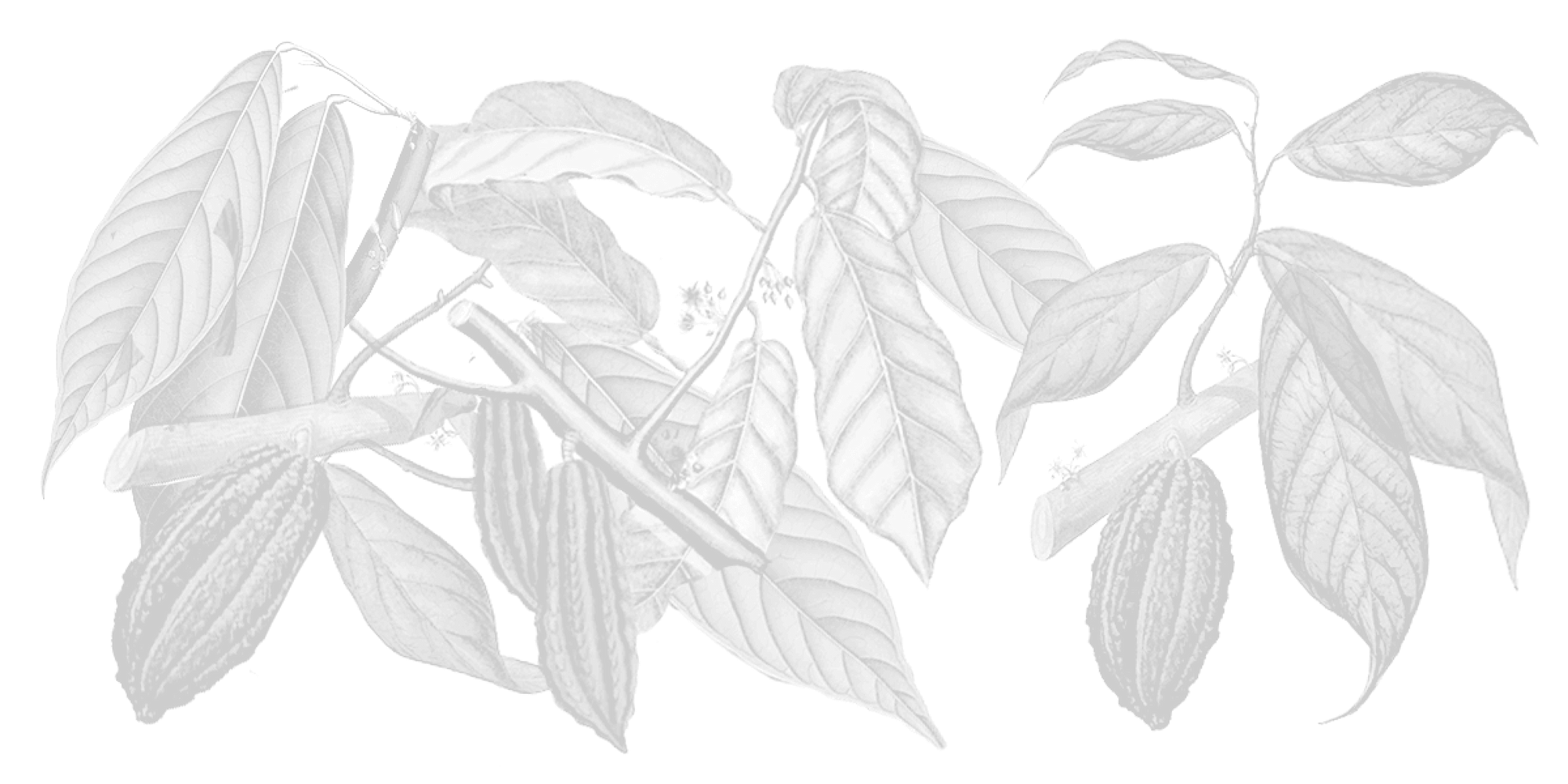
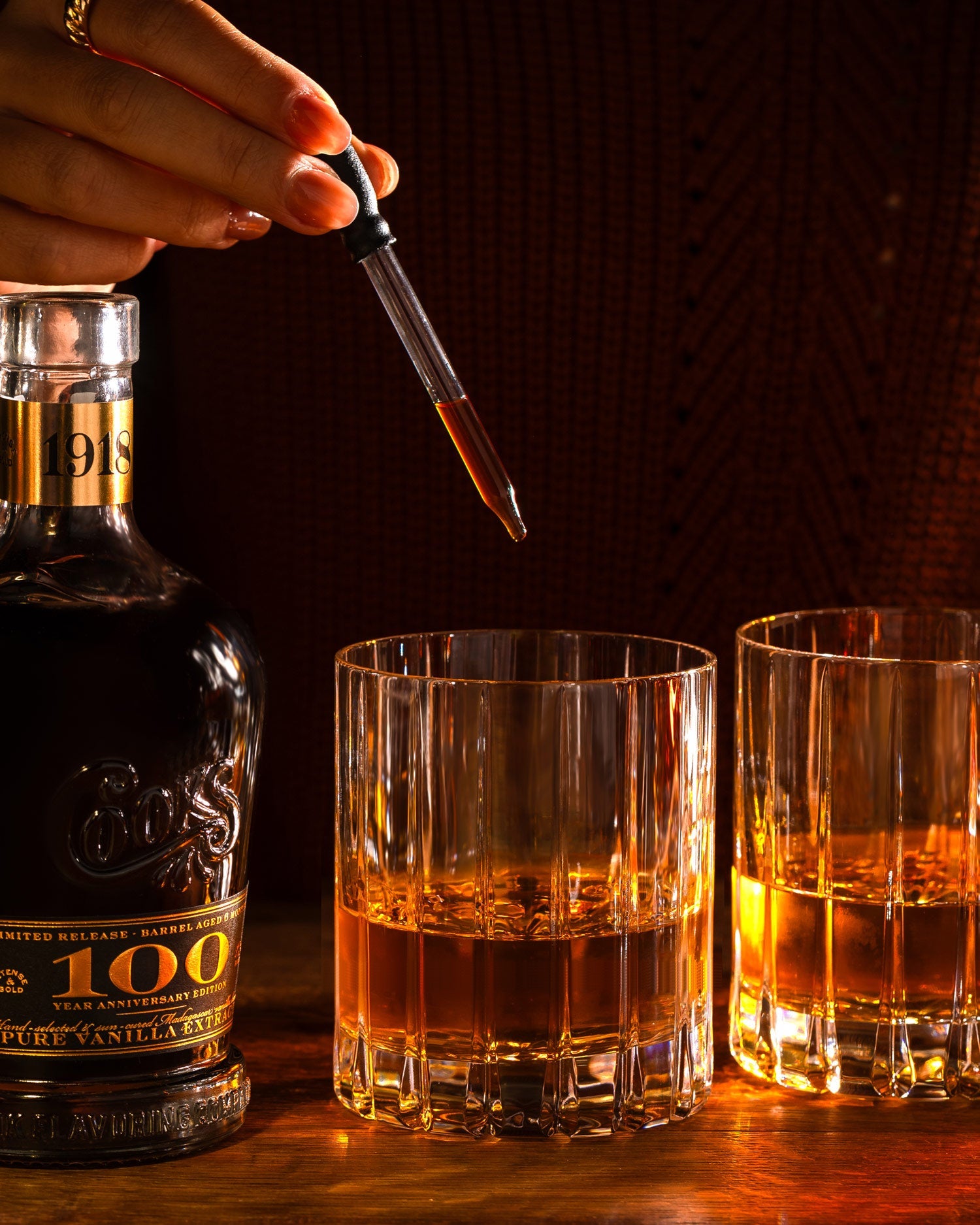

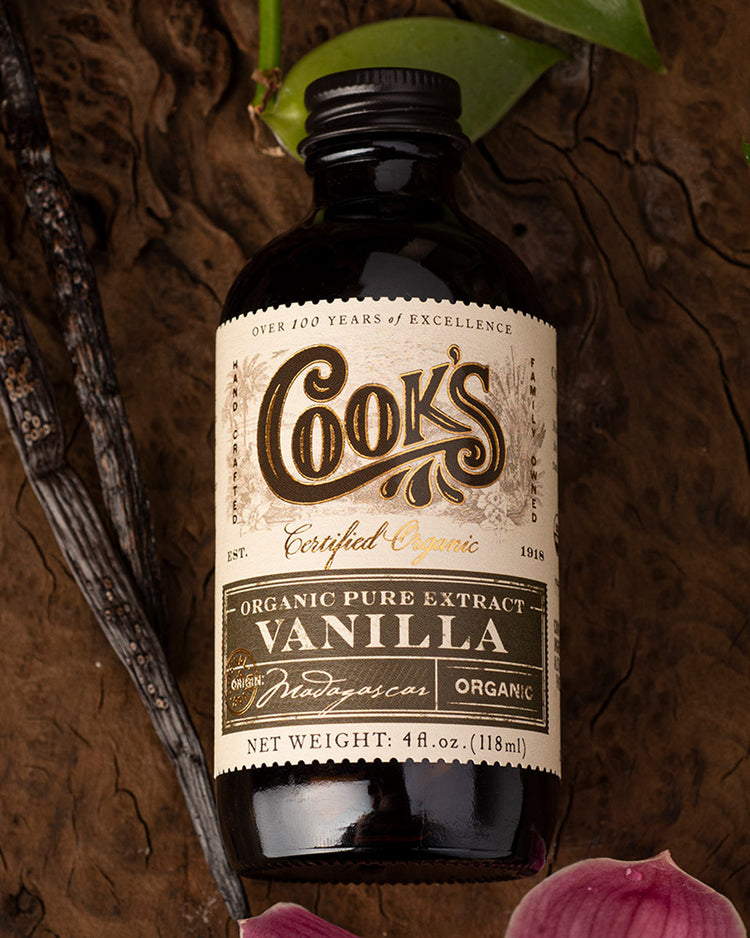
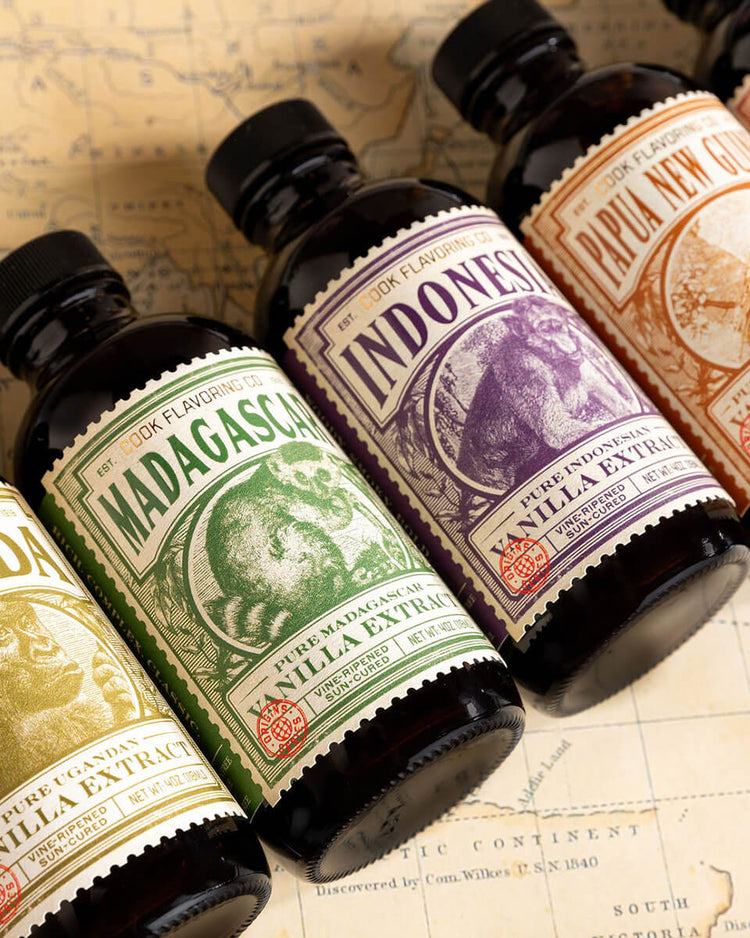


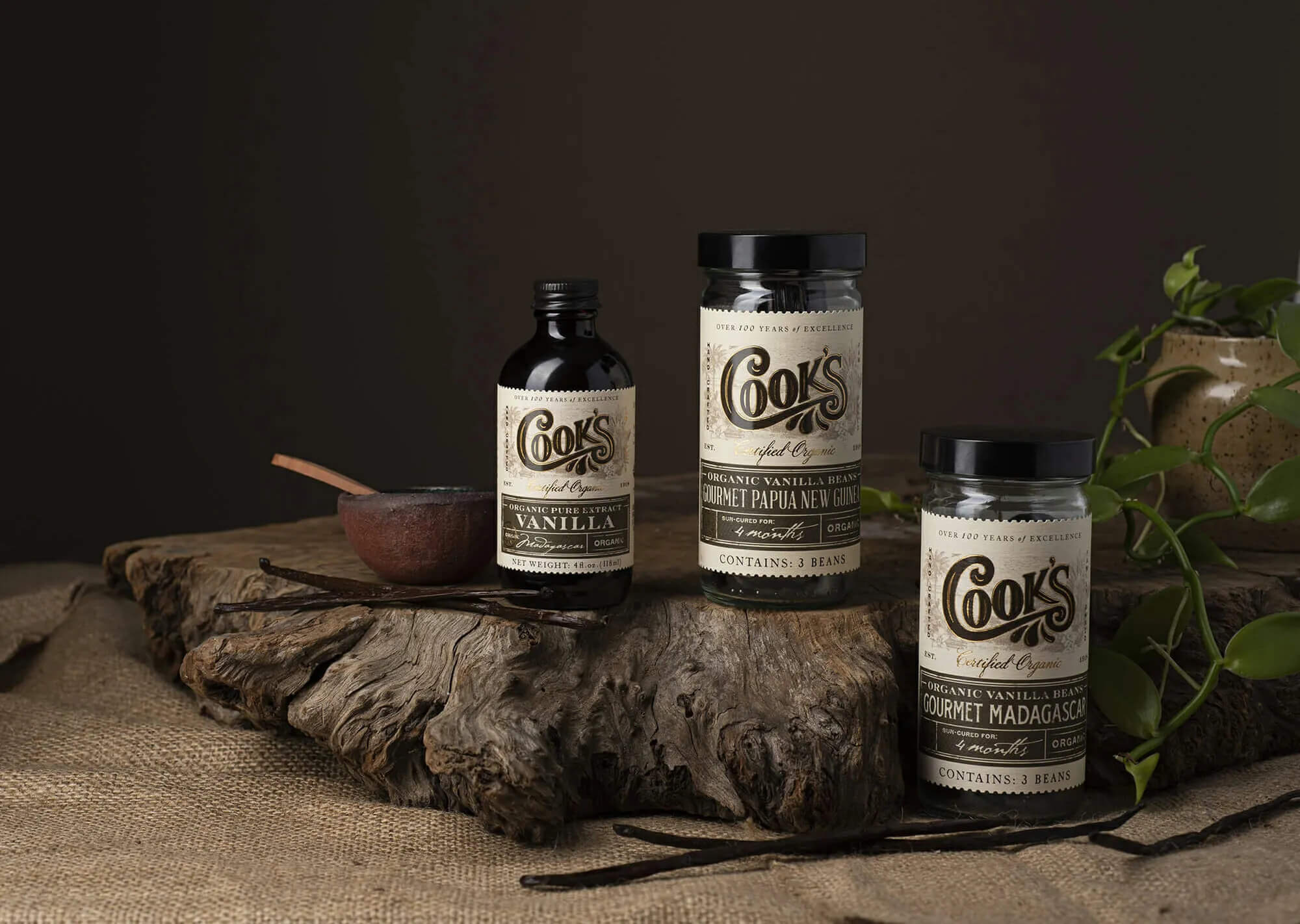
Comments